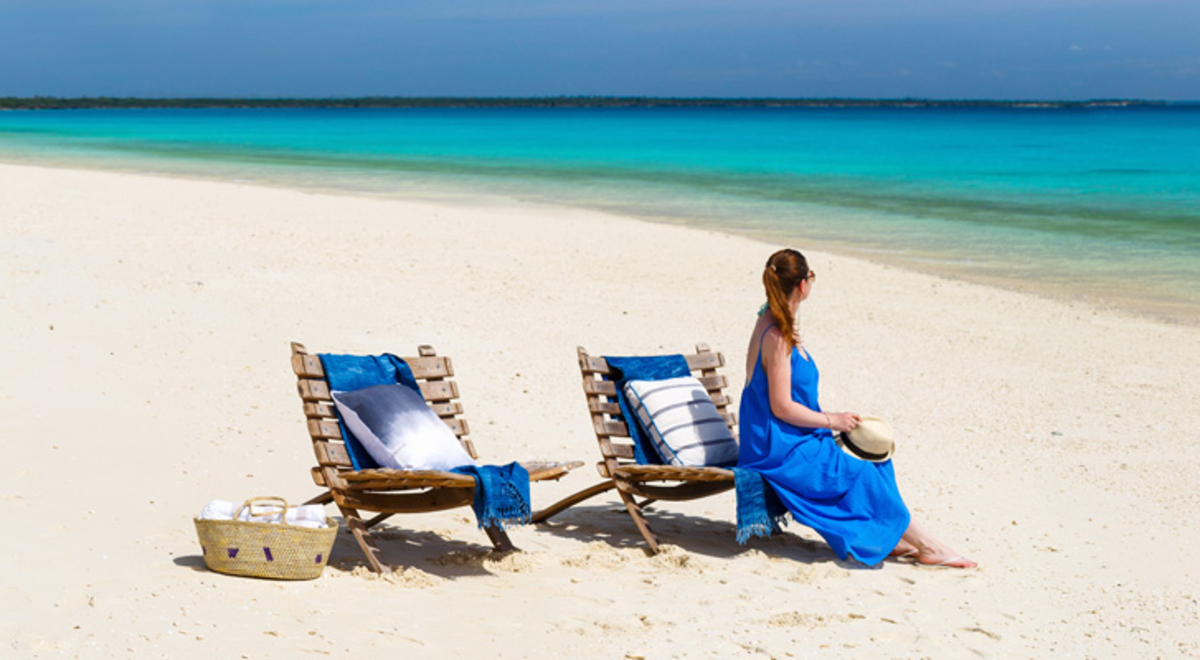
Mozambique is so much more than just prawns and cashew nuts!
Mozambique nestles on the South Easterly coast of Africa and boasts about 2,500 km of coastline that is mainly made up of stunning, largely empty, palm-fringed, pristine sandy beaches. IIt's one of THE go to popular holiday destinations destination for travellers who enjoy lazing away the hours sipping long cold drinks while doing some deck chair tanning, or maybe following more active pursuits in or on the warm, clear Indian Ocean. For nature lovers the country has world-class national parks, and, on a more cerebral level, there are enough historic sites to keep history buffs occupied for many an hour when you visit Mozambique.
1.Beaches

As can be imagined, with 2,500 km of Indian Ocean coastline Mozambique has a bewildering selection of jaw-dropping, beautiful beaches to choose from. The list is almost endless but for the keen beach visitor a few worth hanging out on are the beaches of Ponta d'Ouro, Inhaca Island, Benguerra, Tofo and Pemba's Wimbe beach.
2.Surfing
As seasoned surfers will tell you, this country has some of the best surfing in the world. The best surfing spots are to be found at Ponta d’Ouro, Tofinho, Guinjala Bay, Barra Beach and Praia da Maceneta.
3. Snorkelling

The wonders of warm tropical waters can be enjoyed by both snorkelers and scuba divers alike. Most scuba diving spots are also accessible to a greater or lesser extent by snorkelers but the most recommended areas for snorkelling are Inhaca island, the Bazaruto archipelago, Praia do Coral, Ponta d'Ouro, Bilene Lake, Nacala Bay and the Tofo region. Bazaruto Island lies off the coast of Mozambique and is known for pristine beaches, island hopping and beautiful coral reefs.
4. Scuba diving
From the north of the country to the south there is a wealth of world-class destinations available to the scuba diver. The most well-known, and most frequently visited from its southernmost border post with South Africa, is Ponta d’Ouro. More northerly is Nacala Bay and its many dive sites that differ considerably from their more southern counterparts, while dotted along the coast are Pemba, Pomene, Morrungul, Bazaruto, Inhaca Island, Vilanculos, Zavora, Tofo, Barra and the Quirimbas archipelago, all tip-top diving destinations in their own right.
5. Boating safaris

For those who prefer to not get their bodies too wet, Mozambique has great boating adventures on offer. By far the most popular is to sail the Indian Ocean on a dhow safari following ancient Arabic trade routes around Mozambique’s many beautiful islands. African, Arabic and Portuguese traditions combine in an intriguing cultural mix, adding an exotic element to your journey. A Mozambique dhow safari combines adventure, history and culture. Life moves at a leisurely pace and there will be time to truly relax.
Apart from its many sea-based activities Mozambique has one of Africa’s “best kept secrets” game reserves, the Gorongosa National Park. Also fairly unknown and well worth a visit is the Niassa National Reserve.
6. Gorongosa National Park
After the poaching epidemic fuelled by civil war came to an end, the Gorongosa National Park has since recuperated well and is now in good health. The park’s floodplains are today sustainably repopulated with various antelope species, hippo, elephant and lion to name a few. It is located at the southern end of the Great African Rift Valley which also gives the visitor the opportunity to see a small part of one of nature’s wonders of the world.
7. Niassa National Reserve
Remote and untamed - a pristine wilderness - the Niassa Game Reserve to the northwest is adjacent to Lake Niassa (Lake Malawi). It covers an area of 42,000km² - over twice the area of the Kruger National Park - and is one of the largest protected areas on the African continent. There are few visitors to this park each year making this an ideal destination for the more adventurous traveller.
8. History
For history aficionados, Mozambique’s history is truly fascinating. For example, Ilha de Moçambique, an island connected by a bridge to the country’s north coast for example is a UNESCO World Heritage Site. Notable structures such as Fort São Sebastião and, the Chapel of Nossa Senhora de Balurte , which is recognised as being the oldest European building in the southern hemisphere, are well worth visiting. Of special interest to the north is Ibo Island in the Quirimbas Archipelago. Ibo was one of the major trade islands along the coast of East Africa for about 500 years. Its long history is everywhere to be seen. The ruins of once grand colonial buildings and a beautiful old catholic church still line its streets and three derelict forts stand as forlorn sentinels over the sea.
In Maputo there is an interesting footnote in Southern African history. It is the half-acre memorial to the ill-fated Louis Trichardt party which was decimated by malaria in the 1830s after it arrived at the Bay of Lourenço Marques after a year-long trek. It is the only Voortrekker memorial to be built outside the borders of South Africa and can be found on a side street in downtown Maputo, a mere two blocks away from a statue of Samora Machel.
Whether you’re a beach lover that wants to explore off the beaten track a bit, an avid scuba diver, or just want to experience all that this wonderful country exhibits, the above are just some reasons you’ll fall in love with “Moz” and why a trip here should be high on your holiday radar.
...loading


